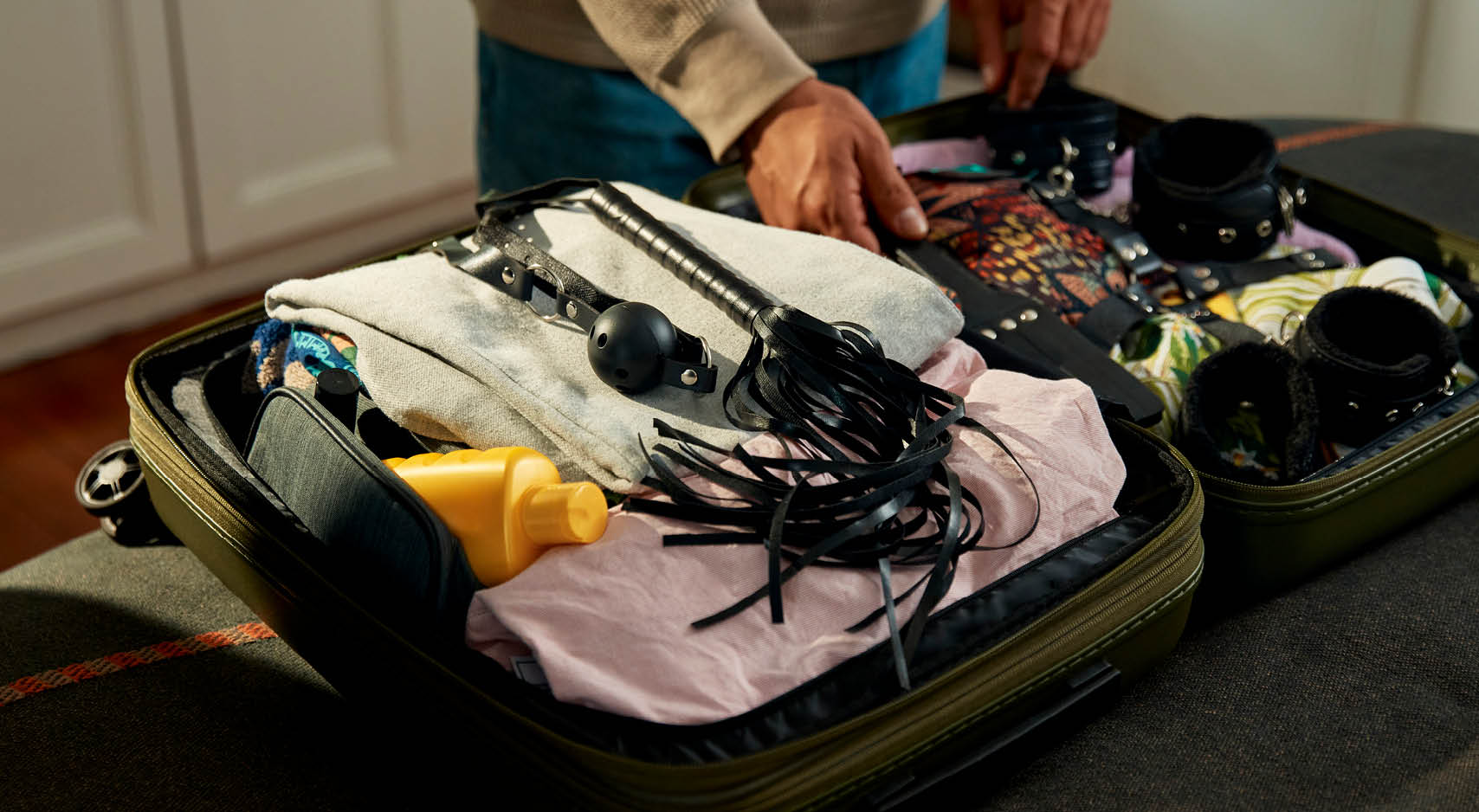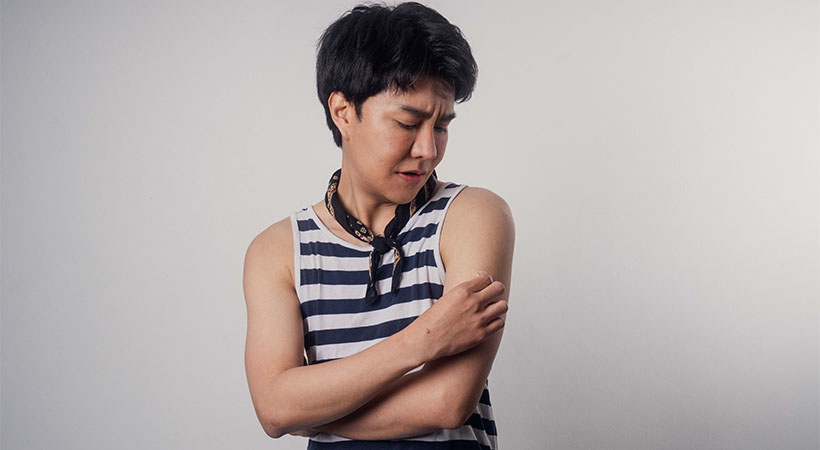Mpox (formerly known as monkeypox) is a viral infection that can affect anyone. The virus can make you feel unwell, and develop painful lesions, sores or rashes. Here’s your guide to mpox symptoms.
Local transmissions are increasing in Australia, but there are ways to help prevent mpox and reduce the chance of severe symptoms. Find your guide to mpox transmission, vaccination and prevention in What is mpox and what does it mean for guys in Australia?
Mpox (monkeypox) symptoms
Early signs of mpox may include flu-like symptoms such as fever, chills, headache, muscle aches, fatigue, and swollen lymph nodes. These are often followed by a rash, sores or lesions, which can appear on the face, limbs, genitals, anus, mouth, or throat. Symptoms generally show 5–21 days after exposure and vary from mild to severe.
“Mpox symptoms are often more severe in unvaccinated people.”
Lesions can range from as few as one to hundreds in severe cases, possibly leaving scars. Severe cases may also involve pain that needs medical attention.
Mpox symptoms are often more severe in unvaccinated people. Vaccinating is the best way to help avoid mpox and significantly reduce your chance of experiencing severe symptoms.
People living with HIV who are not on treatment may experience more severe or prolonged symptoms.
Fully vaccinated individuals may experience milder symptoms like proctitis (inflammation of the rectum), stomach cramps, sore throat, painful urination.

Getting an mpox test
If you develop symptoms, avoid contact with others and seek medical attention immediately. Call your doctor or local sexual health provider via phone ahead of visiting. Do not attend a health service without calling ahead.
Mpox testing is available from doctors and sexual health services. Use our interactive map to find services near you.
Some doctors may not be familiar with mpox symptoms, which can resemble other infections like herpes or syphilis. If you notice potential mpox symptoms, ask for an mpox test, as it may not be included in routine tests. If your doctor is unsure about testing, show them this information from the Australian Government.
Treatment for mpox
Most people with mpox have a mild illness and recover in a few weeks without needing treatment. However, some people may experience severe pain, which needs medical attention. Unvaccinated people have a greater risk of experiencing severe symptoms.
Medications are available that may help to treat people with severe illness, such as those with weakened immune systems.
Contact your doctor or sexual health centre for advice on accessing mpox treatment. If your doctor does not know about mpox treatment, show them these mpox treatment guidelines from the Australian Government.

Mpox vaccinations
Vaccinating is the best way to help prevent mpox and reduce the chance of severe symptoms. The vaccine is safe, effective and free for all eligible people — no Medicare is required. It’s suitable for people living with HIV and anyone with a weakened immune system.
For more information and to understand your eligibility, check out Get your mpox shot — what you need to know about the mpox vaccine. Find your nearest mpox vaccination location with our interactive map.
“Vaccinating is the best way to help prevent mpox and reduce the chance of severe symptoms.”
Learn more about other ways you can reduce your risk of getting mpox in What is mpox, and what does it mean for guys in Australia?
Find information about mpox in your state or territory: